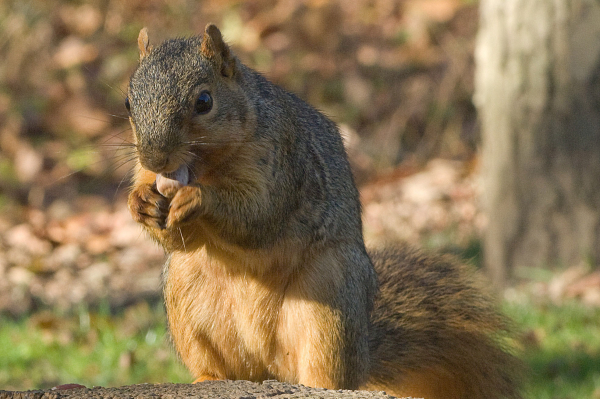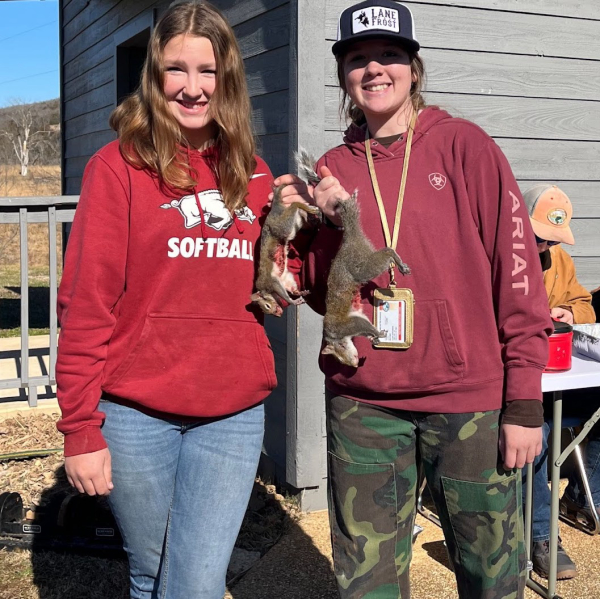Acorn Abundance Influences Behaviors of Ohio’s Wildlife

COLUMBUS, Ohio – The 2022 survey of acorn abundance on selected Ohio wildlife areas shows an average of 39% of white oaks and 37% of red oaks bore fruit, according to the Ohio Department of Natural Resources (ODNR) Division of Wildlife. The long-term average for white oak production is 37%, and 54% for red oak production.“A mature oak tree can produce thousands of acorns, which in turn feed more than 90 of Ohio’s forest wildlife species,” said Division of Wildlife Chief Kendra Wecker. “Deer, turkeys, squirrels, ruffed grouse, blue jays, raccoons, woodpeckers, foxes, and more seek out and eat acorns throughout the fall and winter.”
:
Acorns come in two basic types: red and white. They are divided into these groups based on the type of oak tree. Red oak acorns take two years to develop, and the acorns are bitter, containing a large amount of the chemical tannin. White oak acorns take only one year to develop and have a sweeter taste. These differences cause periodic fluctuations in statewide acorn abundance. Low mast production years are a normal part of this cycle, and wildlife readily adapt to find alternative food sources.
Each summer, Division of Wildlife employees scan the canopies of oaks at selected wildlife areas to determine the percentage that produced acorns as well as the relative size of the acorn crop. This is the 18th year the Division of Wildlife has completed the mast survey. Statewide, the proportion of white oaks bearing acorns (38%) was the same as last year, while the percentage of red oaks with acorns (37%) was down 12%. All results, including tables and historical numbers, are available at wildohio.gov.
In addition to determining the presence or absence of acorns, observers estimate the percentage of each tree’s canopy that contains acorns. The average crown coverage for white oak acorns this year was 9%, near the long-term average. For the second year in a row, average crown cover of red oaks decreased, averaging 10% statewide, compared to the long-term average of 19%. This year, white oaks had higher mast production in the southern part of the state, while red oaks did better in the northern part.
As a critical food source for many forest wildlife species, acorn abundance has been linked to body condition, winter survival, and reproductive success. A year with low acorn abundance causes deer and other wildlife to move around more in search of food. In areas with poor acorn production, wild animals are more likely to feed near agricultural areas and forest edges.
Deer hunters can use acorn survey information to improve hunting success. In areas where acorns are an important part of the deer’s diet, mast availability can affect deer movements and ultimately hunter success. In poor mast years, deer are forced to use other food sources, and travel distances between feeding and bedding areas may be longer. Hunters may key in on travel corridors and alternate food sources.
Oak trees have value beyond food and shelter for wildlife. Collect mature acorns in the fall and place them in a bucket of water. Keep the ones that sink and discard any that float, as those won’t germinate. Store the remaining acorns in the refrigerator or outside for at least eight weeks in the winter months. Plant the acorns under a shallow covering of soil in the early spring, water regularly, and enjoy seeing your new oak trees grow!
Learn more about the species that depend on acorns by exploring the Division of Wildlife’s free field guides. Follow the Division of Wildlife on Facebook, Instagram, and Twitter for the latest updates, information, and stories.






